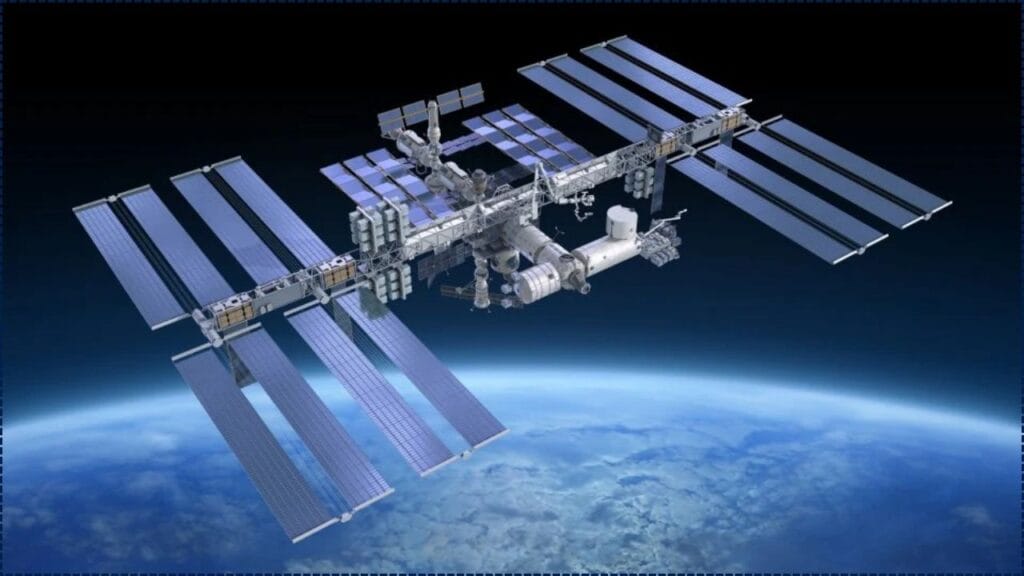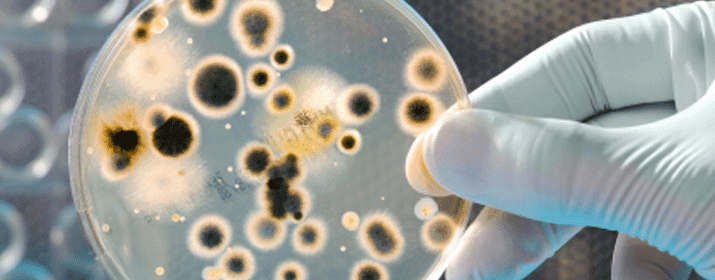The headline might sound like something ripped from a science fiction novel—“Alien-like bacteria discovered on space station”—but let’s be clear: this is not fiction. This is a profound and fascinating reality unfolding in the very real frontier of space. In a remarkable testament to life’s enduring tenacity, scientists aboard China’s Tiangong space station have made a truly groundbreaking find. From diligent swab samples meticulously taken during the May 2023 Shenzhou-15 mission, they successfully isolated and identified a brand-new, never-before-seen microbe: Niallia tiangongensis.

Found on cockpit controls during the China Space Station Habitation Area Microbiome Program (CHAMP), N. tiangongensis shows remarkable adaptations—gelatin digestion, robust biofilm creation, oxidative and radiation defenses. To top it off, its Earth relative can cause sepsis in some people, so this find definitely rings some alarm bells.
Alien-Like Bacteria Discovered on Space Station
| Aspect | Details |
|---|---|
| Species | Niallia tiangongensis |
| Origin | Detected on Tiangong station surfaces (Shenzhou‑15 samples, May 2023) |
| Closest Relative | Niallia circulans (Earth soil bacterium, sepsis-associated) |
| Notable Features | Spore-forming, gelatin hydrolysis, strong biofilm, oxidative stress and radiation resistance |
| Health Risk | Relative can cause sepsis—unknown risk for current strain |
| Research Initiative | CHAMP (China Space Station Habitation Area Microbiome Program) |
| Published In | International Journal of Systematic and Evolutionary Microbiology (Mar 2025) |
| Spacecraft Relevance | Threatens crew health and hardware integrity; possible biotech applications |
| Official Coverage | Wired, Space.com, SCMP (ynetnews.com, wired.com, livescience.com) |
The remarkable discovery of Niallia tiangongensis is far more than just a scientific curiosity; it stands as compelling proof that life possesses an extraordinary capacity to adapt and thrive, even in environments as unforgiving as space, far beyond our terrestrial home. This tiny bacterium, found in a human-built space station, is fundamentally pushing us to rethink core aspects of our burgeoning space endeavors.
Specifically, it compels us to re-evaluate how we meticulously monitor our spacecraft, ensuring they remain isolated environments while simultaneously understanding the unexpected ecosystems that might emerge within them. It demands a fresh look at how we vigilantly protect our brave astronauts, considering the potential for novel microbial interactions that could impact their health and mission success. Most critically, Niallia tiangongensis is forcing us to strategically prepare for increasingly long-range missions, understanding that these complex biological interactions will become even more pronounced the further humanity ventures into the cosmos.

What Makes Niallia tiangongensis Special?
- Genetic Adaptations: It has unique DNA repair systems inferred from genome analysis, hinting at space-driven evolution.
- Gelatin Usage: It breaks down gelatin, an advanced survival trick in a nutrient-poor habitat.
- Biofilm Armor: The hardy biofilms protect it from cleaners and the harsh spacecraft environment. (wired.com)
- Radiation Resistance: Its ability to withstand radiation mirrors hardy Earth microbes like Deinococcus radiodurans. (arxiv.org)
- These traits add a level of resilience rare in captivity—especially without Earth’s gravity.
How It Was Found: Alien-Like Bacteria Discovered on Space Station
- Swab Sampling (May 2023): Crewmembers collected sterile wipes from station surfaces under CHAMP protocol.
- Earth-Based Culturing: Scientists isolated and grew the strain under laboratory conditions. It showed uniquely heightened abilities.
- Genomic Sequencing: DNA compared with Earth relatives; key genetic changes identified.
- Functional Assays: Confirmed gelatin digestion, biofilm strength, oxidative/radiation resistance.
- Scientific Publication: Peer-reviewed report published Mar 2025, confirming a truly novel species.
Why This Discovery Matters
1. Live Evolution in Zero-G
Seeing a microbe adapt within months on orbit proves biological evolution happens fast—in space.
2. Astronaut Health Risk
Given its relative causes sepsis, even benign space microbes must be tracked closely to protect crews.
3. Flight Hardware Safety
Biofilms and enzymatic action threaten air filters, tubing, electronics—key systems in life support.
4. Space Bioengineering Potential
Adaptation traits may help develop bioremediation tools or bio-based recycling systems for long missions.
5. Planetary Biocontamination
Fast-adapting microbes could hitch rides to Mars and contaminate environments—or our bodies. Planetary protection gets real.
Related Links
Solar Power Breakthrough: Kesterite Hits 13.2% Efficiency, Surpassing Silicon And Perovskite
How Long You’d Have To Work To Match Elon Musk’s Fortune — And Why Is It Hard?
Maintaining Microbial Balance in Space Stations
A. Strict Hygiene Protocols
Current strategies include surface wiping, filtered ventilation, UV-lit routines, and regular microbial audits. Still, space-adapted microbes stress the need for tight hygiene control.
B. Long-Duration Mission Protocols
Stations bound for the Moon or Mars must include on-site DNA monitoring systems, air/water microbe sensors, and robotic swab bots.
C. International Collaboration
Global guidelines for biocontamination, safety standards, and astronaut health protocols should be updated in light of in-space evolution.
D. Space Microbiology Research
Enhancing programs like CHAMP and NASA’s ISS BIO-experiments with real-time sequencing technologies and AI-powered analysis will be crucial.
FAQs
Q: Did this bacterium evolve in space or came from Earth?
Scientists aren’t sure. Unique mutations suggest space adaptation, but an Earthly origin can’t be ruled out.
Q: Is it dangerous to astronauts?
No illness reported yet, but given its germ-lineage, NASA and CMSA are upping microbial monitoring.
Q: Can we kill this bug with current cleaners?
Biofilms protect it—better disinfectants and materials development are a must.
Q: Have other microbes been discovered in space?
Yes. ISS astronauts found radiation-resistant Deinococcus species. But this strain is one of few seen adapting in orbit.
Q: What about space missions to the Moon or Mars?
We need planetary protection rules that prevent microbial contamination both ways—an evolving challenge.








